The Centre for Comtemporary Art is in located one of the most incredible and historically significant buildings in Quito. I’d walked past it a lot while I was living in the Historic Centre during my first month in Quito and had always wanted to see inside the building. So I finally got my act together to go check it out.

Now, contemporary art is really not my thing. On the few occasions I’ve bothered, it has taken me no more than 5 minutes to walk around the exhibitions and walk out again thinking to myself “how that can be art??!!” So when the very helpful Centre staff at reception asked me if I wanted a guide, I politely declined … after all, I really only came in to check out the building.
Which didn’t disappoint! This is the hallway leading to the exhibition spaces that were in use (I figured that given I was there, I might as well do a quick trip through the galleries).
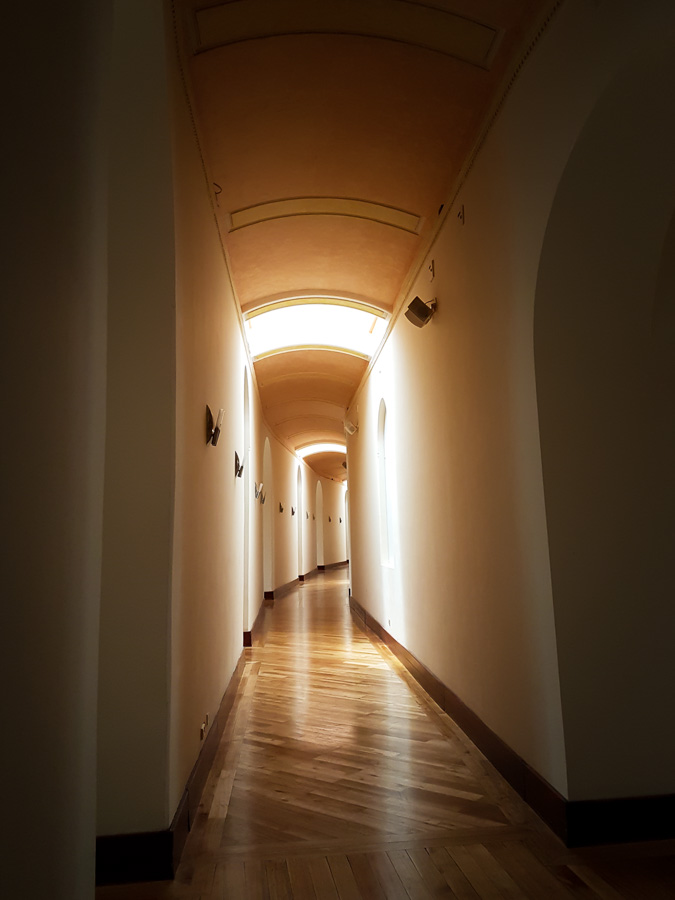
Galleries 1 and 2 were hosting the Absorber la Ficción exhibition. Yeah…. Ummm…. No. How that can be art??!!
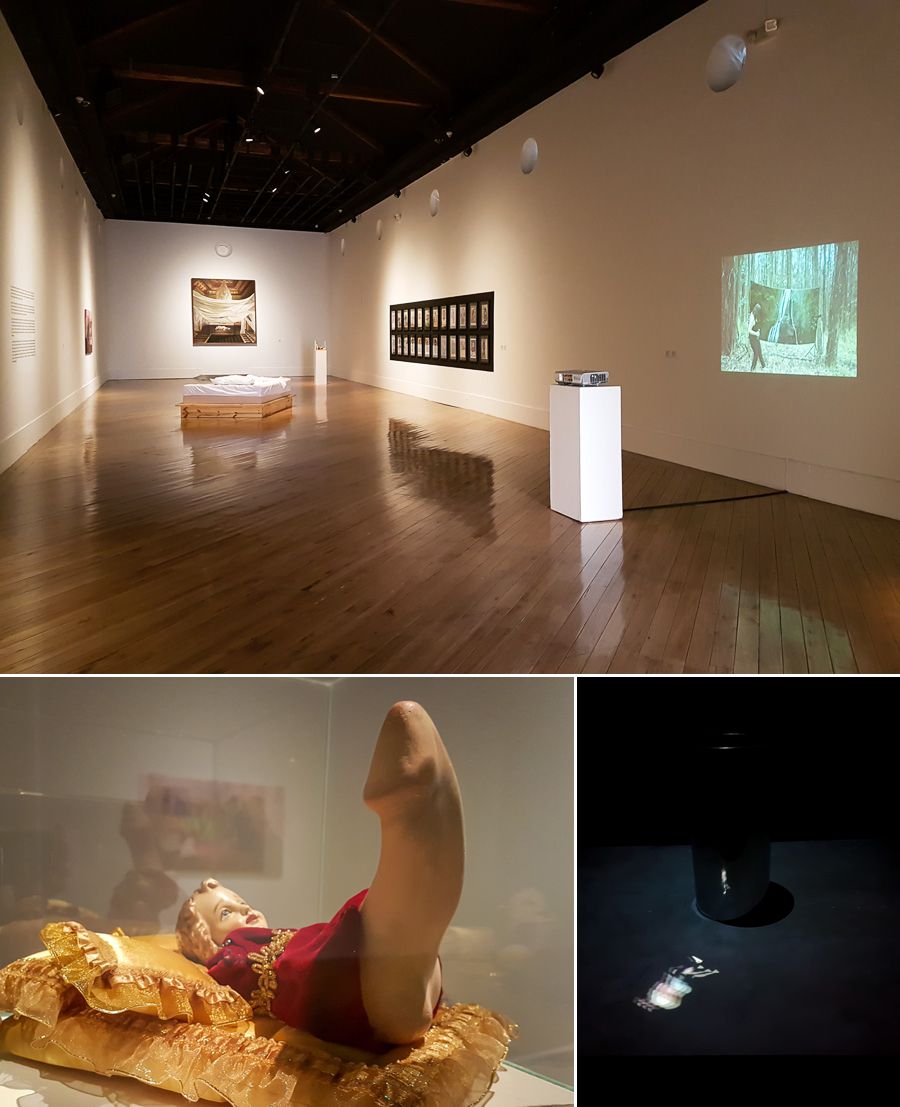
Galleries 3 and 4 were hosting the Premio Brazil exhibition – a competition and initiative between Ecuador and Brazil for emerging artists. Nope. Nothing in Gallery 3. And I was just about to give up on Gallery 4 when I was stopped dead in my tracks by an incredible piece of art!

It is a collage of drawings of burned matches – one for each day of the year – as well as a few matchboxes. I LOVE this!
While I was standing there admiring it, one of the Centre guides came over and asked me what it was that drew me to it. When I said “I just like it”, she started pressing me on a proper answer, and I realised that I’d never really thought about why I liked, disliked, or was “meh” about any particular piece of art. It was an interesting exercise to really think about why I felt the way I did, and eventually I articulated that I loved the simplicity and structure of it, that the idea itself really appealed to me, and I loved the use of whitespace.
We then moved on to other topics of conversation and eventually I admitted that I didn’t actually like contemporary art, and had simply come in to see the interior of the building. Which is when she asked me if I’d like a tour of the building. She had a colleague working that day who knew all the history of the building and loved to talk about it. Absolutely! Sign me up!
So she took me back to reception and introduced me to Mireya – who indeed was a veritable font of knowledge about this remarkable place. Mireya and I spent the next hour touring the building (including parts where visitors aren’t allowed without a guide) with her telling me all about it’s different layers of history – from Tuberculosis Sanatorium to Military Barracks to Military Hospital to illegally occupied “city-within-a-city”. It was fascinating!
For example, this (now)-internal courtyard covers an enormous number of remains of the more than 2,000 people who died in the 4-day war in Quito in August 1932.
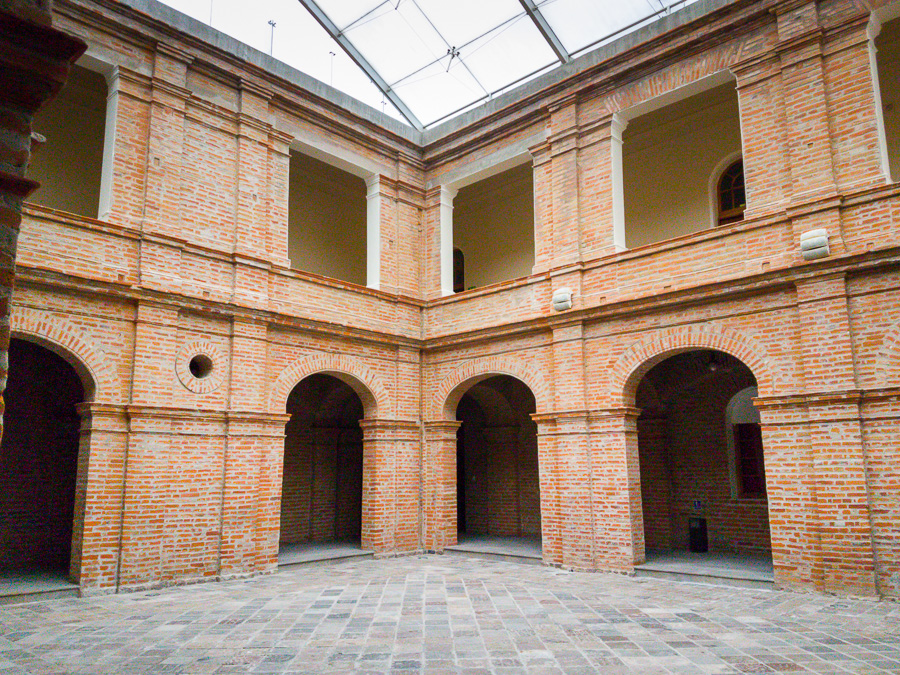
This used to be the chapel of the Military hospital, which was located just up the corridor from the operating theatres. Mireya tells me that she and other visitors have all felt “presences” in these rooms, and that there used to be a “slide” from this second story to the ground floor where they used to send those who had died down to the morgue.

Original floor tiles (top) and ceiling decoration (bottom). Note the holes in the floor tiles where the toilets were screwed down.
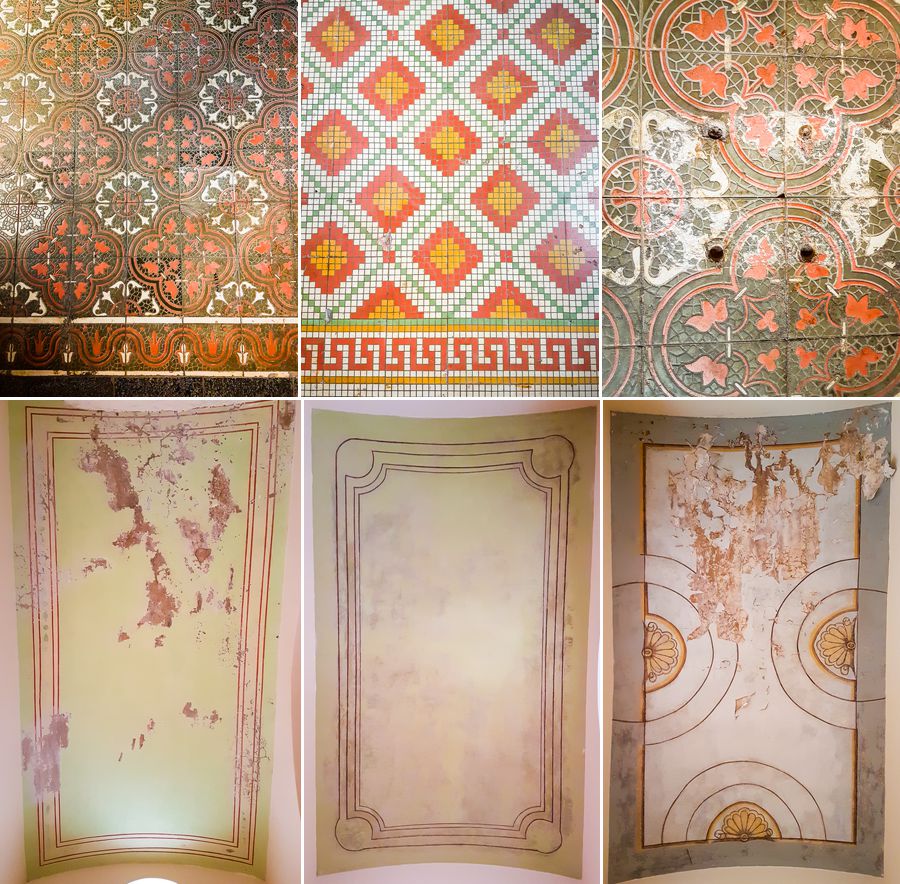
Both this main hall and each of the exhibition spaces used to be wards for the Sanatorium, which, at its peak didn’t have enough beds for the number of patients. Unfortunately the building was only placed under heritage protection in around 2006, but it is easy to imagine 2 floors of beds in this space.

Each of the ex-wards (now exhibition spaces – there are 10 in total) was separated by an outdoor courtyard, all very similar yet subtly different.

And decorated with stones imported from Europe (the architects were European – German and Italian).

The building is absolutely enormous and only the Southern half of it has been restored so far. Unfortunately, we were not allowed to enter the non-refurbished Northern part, but we did get a great view of the main courtyard from the upper story windows.
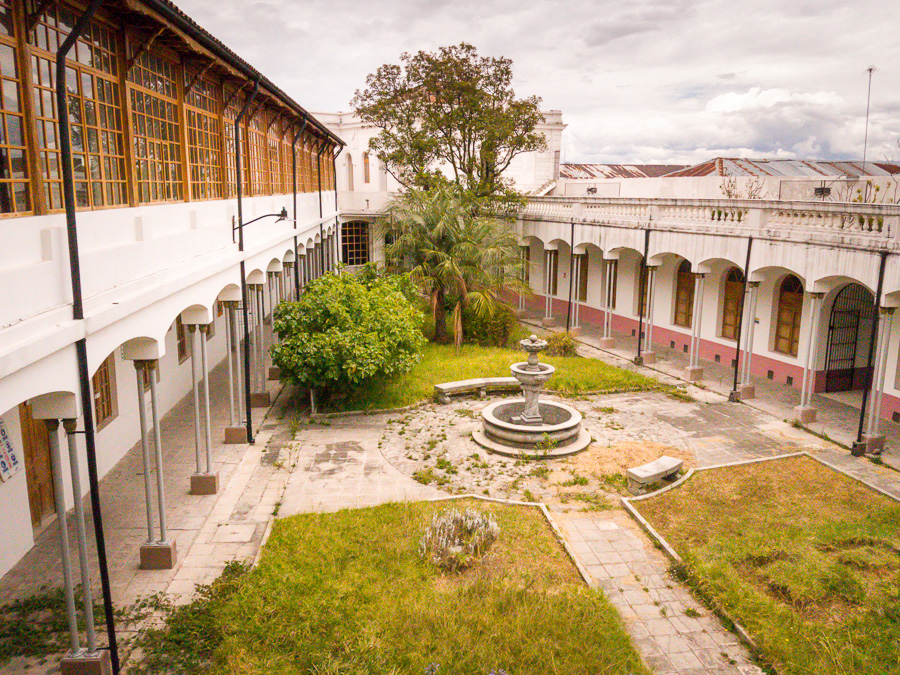
The wooden framed windows on the left are the original look of the building, and I hope that they actually keep this (rather than replacing it with glass) when they refurbish it. Here is the equivalent refurbished Southern section. It is beautiful, but loses the character somewhat.

An hour flew past as Mireya told me story after story of the history of the building – and it was the most incredible experience! It’s always amazing to stumble upon such a serendipitous experience and I’m infinitely grateful that I now speak Spanish and can fall into these situations often.
So if you speak Spanish, I’d highly recommend asking at the Centre if Mireya is there and getting her to show you around. Waaaaay more interesting than 95% of the artwork, and an incredible experience. It really was the highlight of the day for me 🙂